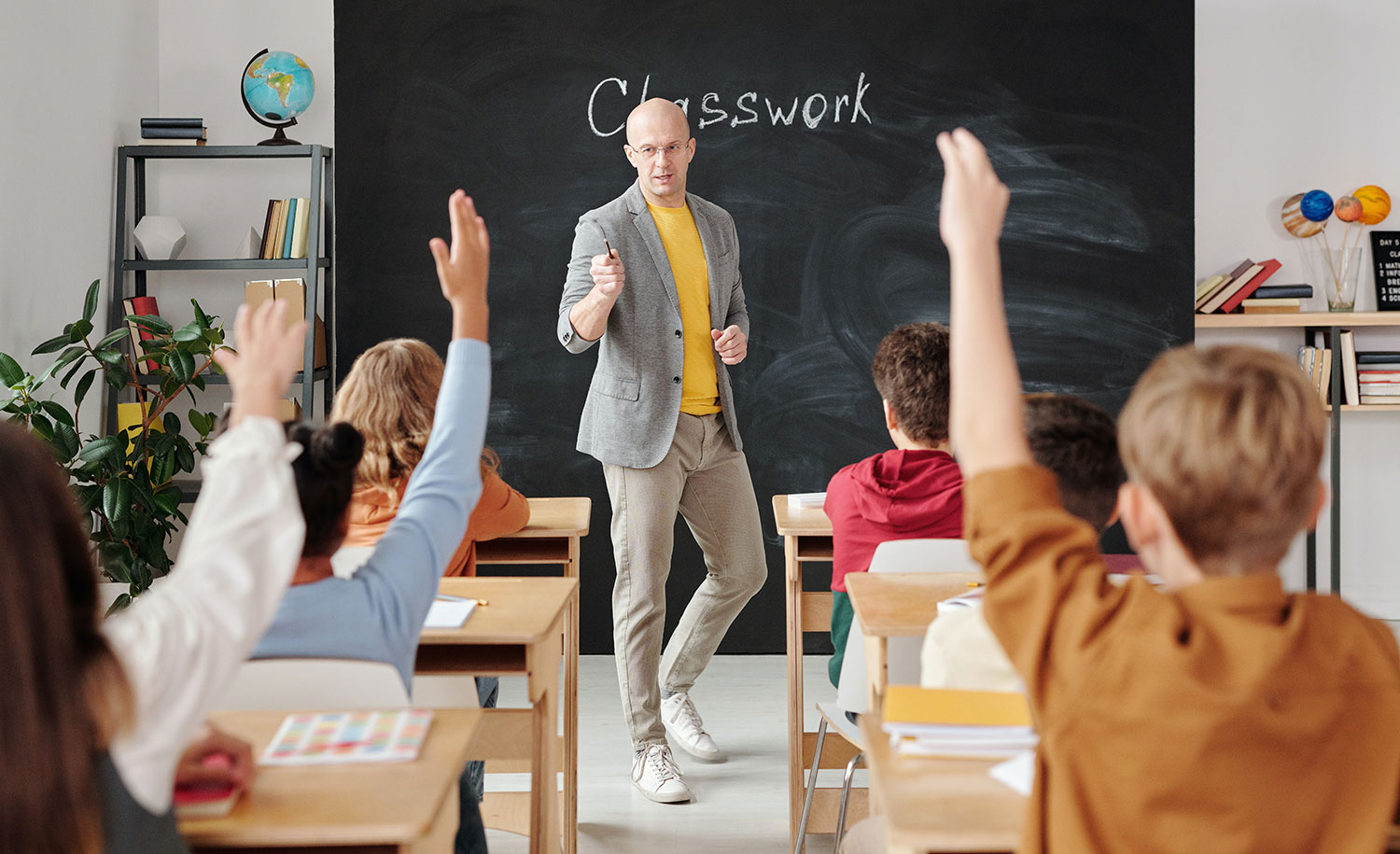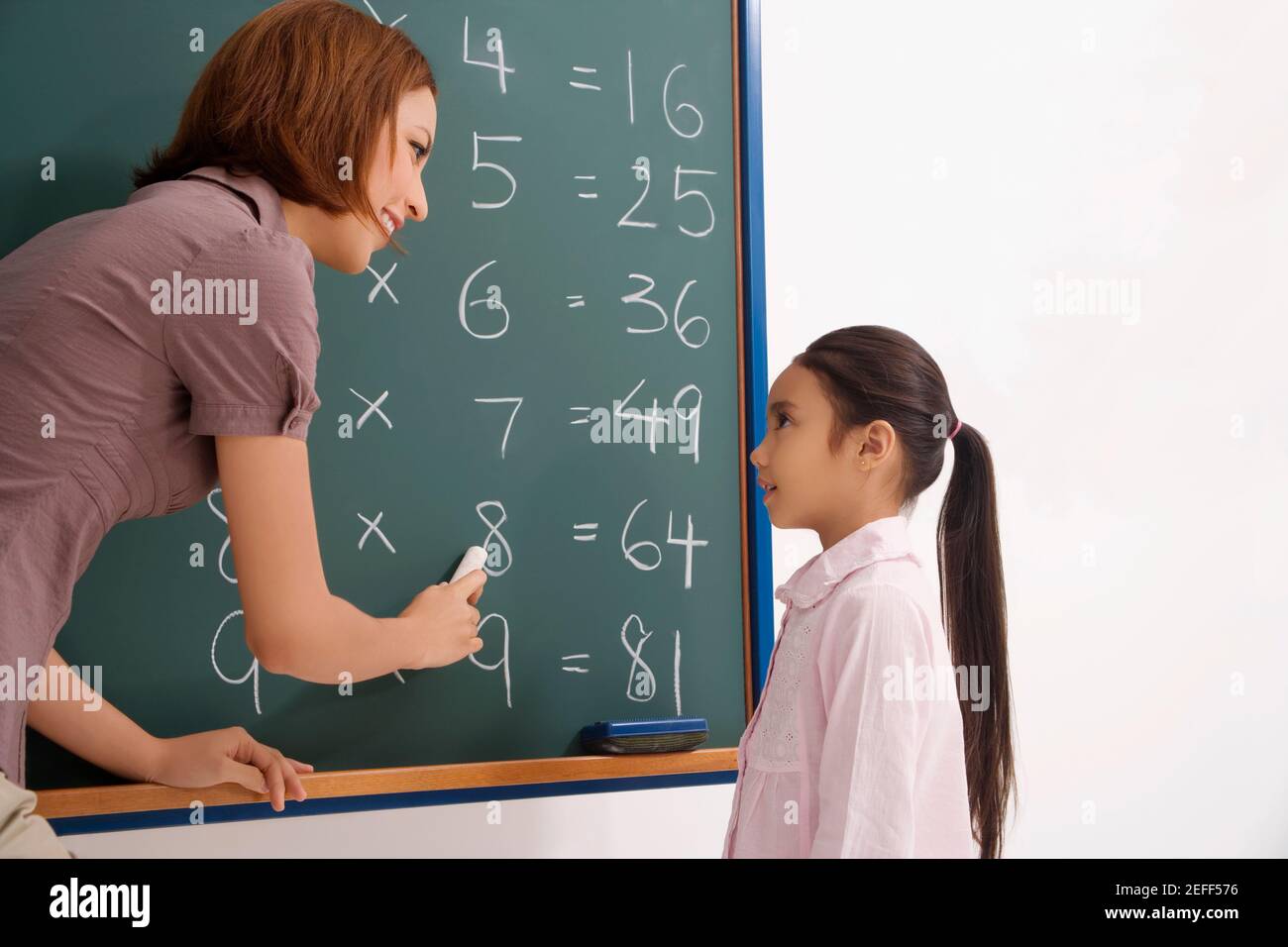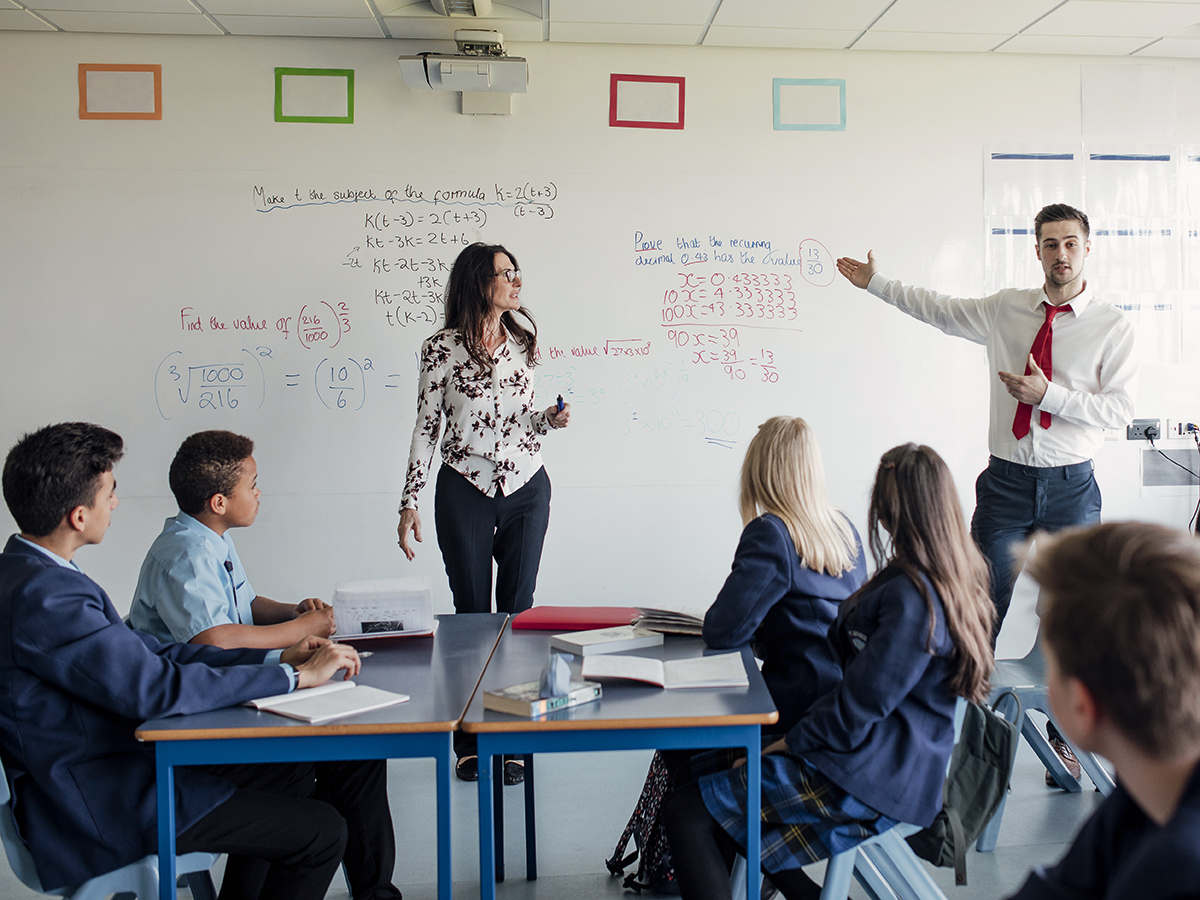Get Top Results with Primary Science Tuition Singapore from Experienced Tutors
Get Top Results with Primary Science Tuition Singapore from Experienced Tutors
Blog Article
Checking Out the Various Training Strategies in Key Science Education And Learning Today
Inquiry-based learning, hands-on experiments, and the assimilation of technology are redefining just how teachers involve young minds. Additionally, collaborative strategies and set apart direction are being utilized to provide to the varied requirements of pupils, improving both involvement and understanding.
Inquiry-Based Discovering
Inquiry-Based Understanding (IBL) is an instructional method that motivates trainees to discover scientific principles with doubting, examination, and hands-on testing. This technique highlights the function of trainees as energetic individuals in their discovering, advertising critical reasoning and analytical skills. By engaging with real-world inquiries, trainees end up being determined and curious, which enhances their understanding of clinical principles.
In IBL, teachers work as facilitators, assisting trainees as they navigate their queries instead of supplying information straight. This student-centered strategy permits differentiation, accommodating various learning speeds and designs. Students develop skills in formulating hypotheses, creating experiments, and evaluating data, which are critical for clinical literacy.
Additionally, IBL fosters collaboration amongst pupils, encouraging them to share ideas and findings. This collective inquiry advertises social skills and a sense of area within the class. In addition, the process of questions urges durability, as students discover to accept failure as a stepping stone toward understanding.
Hands-On Experiments
Hands-on experiments are an important element of effective science education and learning, enhancing the concepts of inquiry-based learning. These experiments allow students to involve directly with scientific principles, cultivating a much deeper understanding with experiential learning. By controling materials and observing end results, young learners can comprehend abstract concepts in concrete ways.
Such tasks advertise crucial reasoning and analytic abilities, as trainees hypothesize end results, conduct experiments, and analyze outcomes. This procedure motivates them to ask concerns, improve their understanding, and establish a scientific frame of mind. In addition, hands-on experiments can be tailored to diverse knowing designs, making sure that all pupils have the possibility to engage meaningfully with the content.
In addition, hands-on experiments typically urge cooperation among peers, advertising team effort and interaction abilities. Operating in teams enables pupils to share ideas, discuss searchings for, and pick up from each other, which improves their general academic experience.
Incorporating hands-on experiments into the primary science educational program not just enhances the learning setting but also cultivates a long-lasting rate of interest in science. By actively joining their education, trainees are more probable to create an interest for clinical questions that extends past the class.

Technology Assimilation
Incorporating innovation right into main scientific research education has become increasingly essential in cultivating pupil interaction and enhancing finding out end results. The usage of electronic tools, such as interactive simulations, online laboratories, and academic software program, offers pupils with possibilities to explore clinical concepts in innovative methods. These sources facilitate a deeper understanding of complicated topics by enabling learners to visualize and control variables that would be impractical in a conventional class setup.
Moreover, modern technology integration encourages individualized learning experiences. Students can proceed at their very own rate, taking another look at challenging principles via multimedia resources, which accommodate various discovering styles. This adaptability not just supports private development however also grows a feeling of autonomy in students.
In addition, technology functions as a bridge to real-world scientific research, linking trainees with existing research and professional payments. Access to scientific journals and online databases broadens trainees' perspectives on scientific query and cultivates important believing abilities.
Collaborative Discovering
Joint knowing plays a crucial duty in primary scientific research education and learning by cultivating teamwork and communication skills among students. This approach urges students to collaborate, share understanding, and involve in analytic, which enhances their understanding of scientific ideas. By joining team tasks, trainees learn to verbalize their ideas, listen to varied perspectives, and negotiate solutions, every one of which are essential abilities in both scholastic and real-world contexts.

Research study indicates that collaborative understanding can cause raised inspiration and involvement in science topics, as pupils locate satisfaction in shared experiences (primary science tuition Singapore). Additionally, this approach prepares pupils for future joint ventures, equipping them with the skills essential for efficient teamwork in higher education and learning and professional atmospheres. Eventually, accepting joint understanding in main scientific research education and learning can dramatically improve the discovering experience and promote a deeper understanding of go to website clinical query
Set Apart Direction

Separated guideline can manifest in numerous ways, such as differing the content, processes, or products of knowing. Instructors may utilize tiered assignments that give varying degrees of complexity, enabling trainees to work at their respective readiness degrees. In addition, adaptable organizing methods can facilitate cooperation amongst trainees with various abilities, fostering peer learning.
Analysis plays an important duty in this method, as it notifies instruction and assists instructors recognize each trainee's unique requirements. Formative assessments, such as monitorings and quizzes, can direct educators in changing their techniques to improve learning results. primary science tuition Singapore. Inevitably, by carrying out separated instruction in key science education and learning, teachers can cultivate a much more equitable and reliable understanding environment, equipping all pupils to reach their complete possibility in recognizing scientific sensations
Verdict
In recap, the varied training strategies in key science education, including inquiry-based learning, hands-on experiments, innovation integration, collective learning, and separated guideline, collectively add to a more reliable discovering environment. These methods promote essential thinking, problem-solving abilities, and a much deeper understanding of scientific concepts. By carrying out these methods, educators can produce appealing and supportive important source classrooms that address the varied requirements of pupils, inevitably cultivating a lifelong passion in science and improving scholastic achievement.
Inquiry-Based Discovering (IBL) is an instructional technique that motivates students to explore clinical concepts via doubting, examination, and hands-on trial and error.Joint understanding plays an essential role in primary scientific research education and learning by promoting teamwork and interaction skills among pupils.Research study shows that collective knowing can lead click for info to increased motivation and involvement in scientific research subjects, as pupils find satisfaction in shared experiences.In fostering an inclusive knowing environment, separated instruction arises as an essential strategy to suit the varied needs and capacities of students in primary scientific research education and learning. Ultimately, by applying separated instruction in key science education and learning, teachers can cultivate an extra equitable and efficient understanding setting, encouraging all students to reach their complete potential in comprehending clinical phenomena.
Report this page